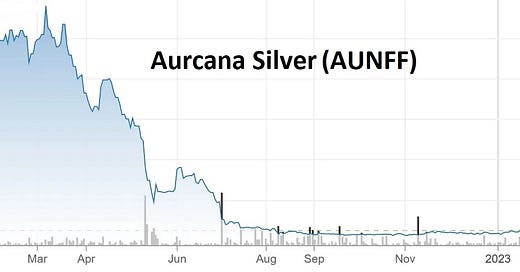Gold miners come in lots of different shapes and sizes. But by universal agreement the best business model in that space is the royalty/streaming company, which works as follows:
Say you’re running a small exploration company and you’ve found a promising gold deposit. If mined successfully it’s probably worth a lot of money. But building a mine costs mil…



